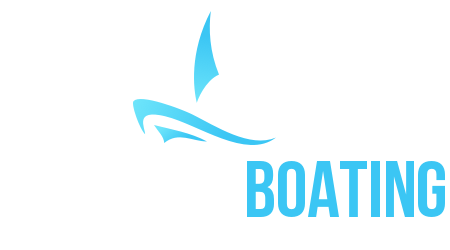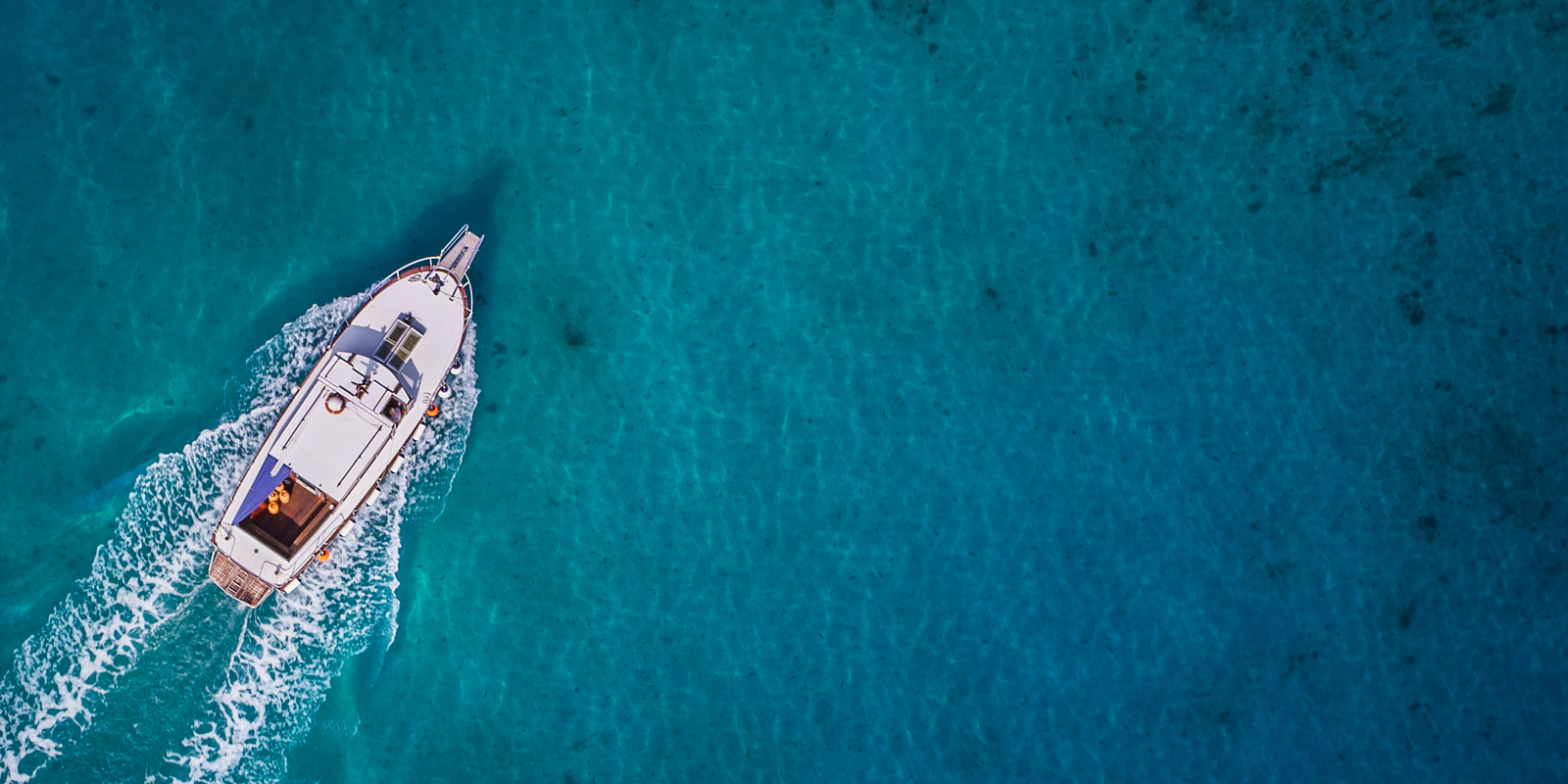MAKING THE MOST OF THE COAST
If you include all of the islands, Australia’s coastline stretches over 59,000km – and, with most of Australia’s population living along the coast, it’s no wonder we’re considered a boating nation. While many of us like to go boating relatively close to home, there are those who venture out, cruising to distant destinations.
Having experienced the cruising lifestyle onboard a powerboat (or should I say powerboats, as I’ve made numerous trips on boats other than my own), there is something very special about being out on the blue water in favourable seas and a gentle swell, cruising to a distant port. Along the way, there’s the added pleasure of making friends and meeting interesting people during stopovers at various marinas, yacht clubs and anchorages where other mariners are only too happy to share their experiences and pass-on tips or local knowledge.
Untold secluded beaches, superb fishing grounds, pristine dive sites and navigable rivers to explore, are to be found all around the Australian coastline. For the most part, there are plenty of destinations, both large and small, with safe harbours or ports where you can get fuel and provisions, generally within reasonably short cruising legs.


